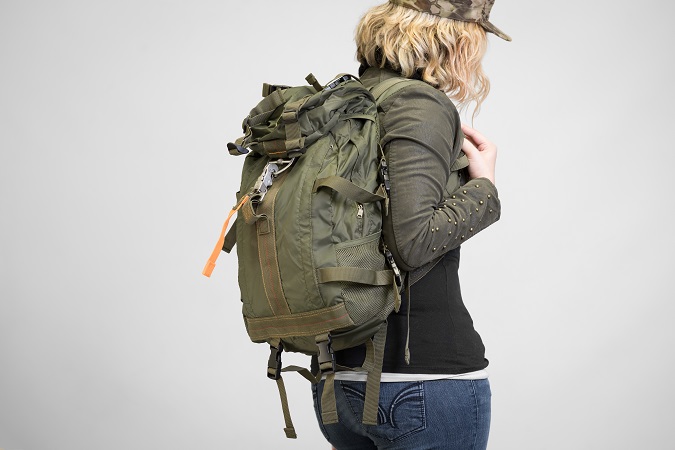Shrey
Hi, I'm a Software Developer and Linux enthusiast. I build things for the web and explore new technologies. Welcome to my little corner of the internet.
Recent Blogs
View allFeatured Projects
View all
Co-founder/Dev
Frontend & Backend
Graffiti
A start-up that utilizes NFC Technology in a revolutionary way.
View Project

Frontend & Backend
Spinal Cord Injury BC
We projectsed to develop an App to collect data for accessibility standards of parks.
View Project

Frontend & Backend
Data Analysis
Northern Health Reporting
We analysed sensitive patient healthcare data and also made predictions on it.
View Project

